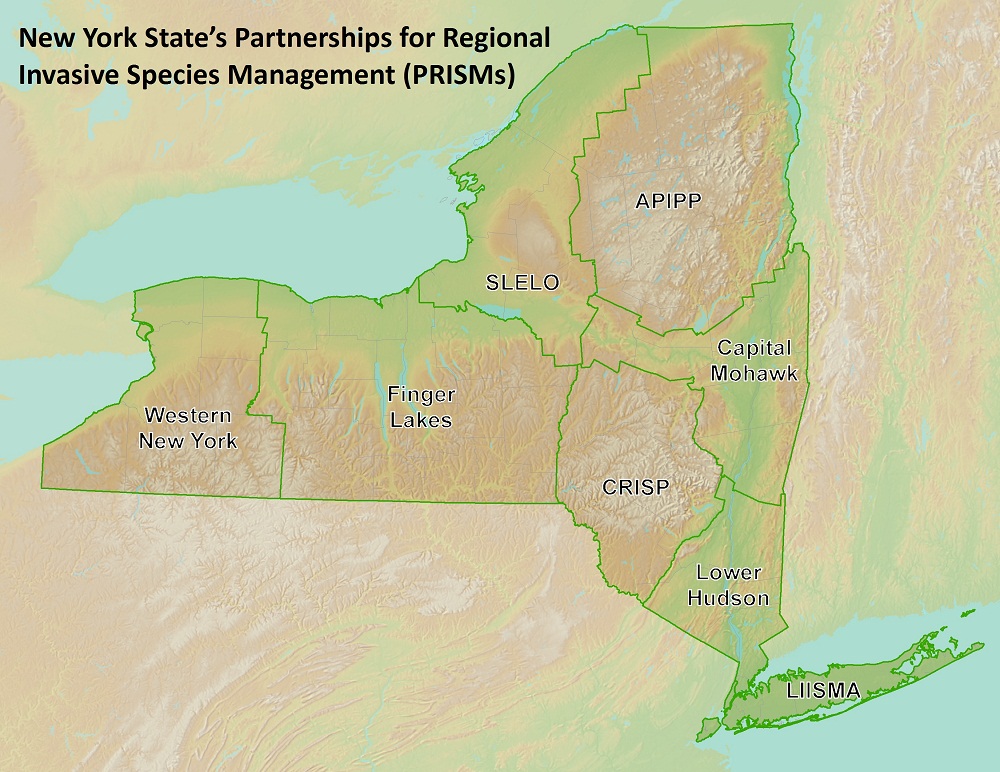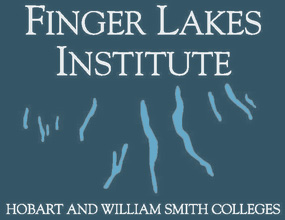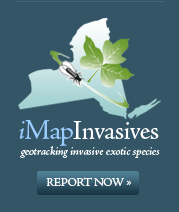Aquatic Nuisance Species Task Force 2020-2025 Strategic Plan
Full plan available here: ANSTF-Strategic-Plan-2020-2025
Aquatic Nuisance Species Task Force Strategic Plan for 2020 – 2025
Executive Summary
Aquatic nuisance species (ANS)1 are nonindigenous species that threaten the diversity or abundance of native
species, the ecological stability of infested waters, or any commercial, agricultural, aquacultural, or recreational
activities dependent on such waters. As the world trade network continues to grow, new markets and trade routes
continually open. This growth will increase the number of new species introductions and the frequency with which
such introductions occur. Unchecked, ANS have the potential to imperil public health and transform ecosystems,
resulting in widespread environmental degradation. ANS also threaten sectors of the Nation’s economy that depend
upon natural resources and native ecosystems. Aquaculture, tourism, recreation, shipping, and water resource
infrastructure, including hydropower facilities, may be adversely impacted by ANS. Most ANS introductions cannot
be eradicated once established, and the invasion itself becomes irreversible. Proactive and coordinated management
is necessary to protect the waters of the United States from ANS.
In 1990, Congress established the Aquatic Nuisance Species Task Force (ANS Task Force) with the passage of
the Nonindigenous Aquatic Nuisance Prevention and Control Act (NANPCA), which was reauthorized with the
passage of the National Invasive Species Act (NISA) in 1996 (collectively, the Act). The Act charges the ANS Task
Force with the responsibility of developing and implementing a program for waters of the United States to prevent
the introduction and dispersal of ANS, to monitor, control, and study such species; and to disseminate related
information. The ANS Task Force is co-chaired by the U.S. Fish and Wildlife Service and National Oceanic and
Atmospheric Administration, and consists of 13 Federal agency representatives and 13 ex-officio representatives.
These members work in conjunction with six regional panels and issue-specific committees to coordinate efforts
among agencies as well as efforts of the private sector and other North American interests.
The Mission of the Aquatic Nuisance Species Task Force is to protect the waters of the United States
by creating a coordinated, unified network that raises awareness and takes action to prevent and
manage aquatic nuisance species.
The ANS Program document created in 1994 guides the work of the ANS Task Force by establishing the core
elements of the ANS program, prioritizing activities, and charting a course for implementation of the Act. Strategic
Plans that followed maintain the key elements of the ANS Program document, but placed more emphasis on
prevention strategies and called attention to other areas of ANS management, including habitat restoration and
research. The ANS Task Force Strategic Plan for 2020 – 2025 builds upon this work by establishing six goals, each
with a targeted set of objectives and associated strategies that are intended to be completed in the next 5 years. The
goals of this plan are:
COORDINATION: The ANS Task Force was created to facilitate cooperation and coordinate efforts
between Federal, State, tribes, and local agencies, the private sector, and other North American
interests. This goal focuses on maximizing the organizational effectiveness of the ANS Task Force
by establishing effective processes that create opportunities for members and participants to work
collaboratively across agency and organizational lines. The objectives under the Coordination Goal
include strengthening cooperation at national, regional, state, and community levels and establishing
processes to prioritize and address ANS management needs.
PREVENTION: Preventing harmful introductions before they occur is the most effective means to
avoid the risk of ANS. Long-term success in prevention will reduce the rate of introductions, the rate
of establishment, and avoid many of the long-term economic, environmental, and social costs associated
with ANS. The Prevention Goal focuses on efforts to evaluate and refine risk analysis procedures,
conduct pathway assessments, and expand implementation of regulatory and non-regulatory approaches
to interdict ANS
1 The term ANS is often used interchangeably with aquatic invasive species (AIS), the preferred term of Federal and State managers.
CONTROL AND RESTORATION: In those cases where ANS populations are abundant and widespread, implementing management actions to minimize their impacts and long-term costs may be needed. Habitat restoration is also important to guard against future invasions and to minimize harm from ANS. The objectives under the Control and Restoration Goal include evaluation and support for ANS control and management plans, development of innovative control and restoration techniques, and mitigation of ANS impacts that may result from restoration activities.
EARLY DETECTION AND RAPID RESPONSE: When prevention measures fail, it is essential to detect new invasions and respond quickly to keep the species from becoming established and spreading. By slowing the range expansion of ANS, Early Detection and Rapid Response avoids the need for costly long-term control efforts. Objectives under the Early Detection and Rapid Response Goal include evaluating existing monitoring programs, determining needs for additional early detection monitoring, prioritizing potential ANS threats and management needs, and building capacity to respond rapidly to newly detected species.
RESEARCH: Information and research can quantify and clarify the effects that ANS are having on native species and habitats, socio-economics, and human health. Research supports all facets of this Strategic Plan and is necessary to increase the effectiveness of prevention and management of ANS. To ensure that ANS research addresses critical needs, the objectives under the Research Goal focus on prioritizing research needs at regional and national levels and working to ensure research priorities are funded.
OUTREACH & EDUCATION: One of the largest management obstacles facing managers can be the lack of understanding by the public in regards to the wide-ranging impacts of ANS and actions that should be taken to prevent their introduction and spread. Educating people about ANS threats, the importance of their actions, influencing motivations and removing barriers to actions will help to achieve and sustain the goals outlined in this plan. Accordingly, objectives under the Outreach and Education Goal focus on assessing the efficacy of existing outreach campaigns and programs and developing more effective messages to influence targeted at-risk audiences.
Management of ANS is challenging; however, considerable success is being achieved. Prevention efforts, research and information exchange, new detection and eradication techniques, innovative control methodologies, and collaborative models are increasing our capacity to manage ANS. The ANS Task Force Strategic Plan for 2020 – 2025 is an umbrella strategy that presents a coordinated approach to prevent, respond to, and manage ANS. This involves taking advantage of what has been learned and creating next steps that are well planned and coordinated. The Strategic Plan contains a target set of priority goals, objectives, and associated strategies that are intended to be completed in the next 5 years. However, the success of the Plan depends on the ability of the ANS Task Force to work collaboratively with Federal agencies, States, tribes, industries, non-profits, and stakeholders to realize the ANS Task Force’s goals and better safeguard the Nation against ANS. The ANS Task Force looks forward to continuing to work collaboratively with its partners to manage ANS and protect the waters of the United States.




